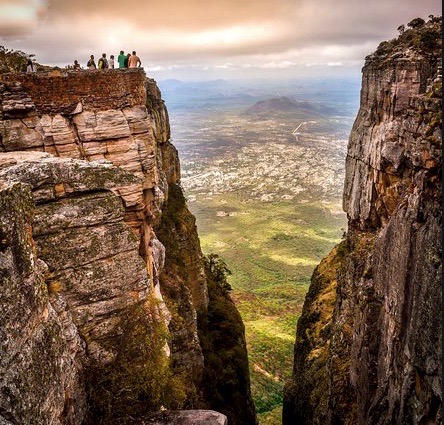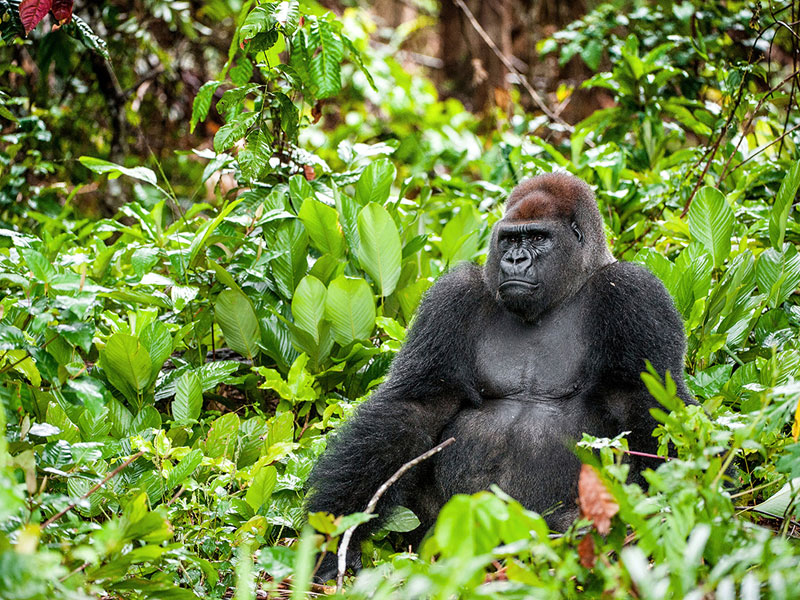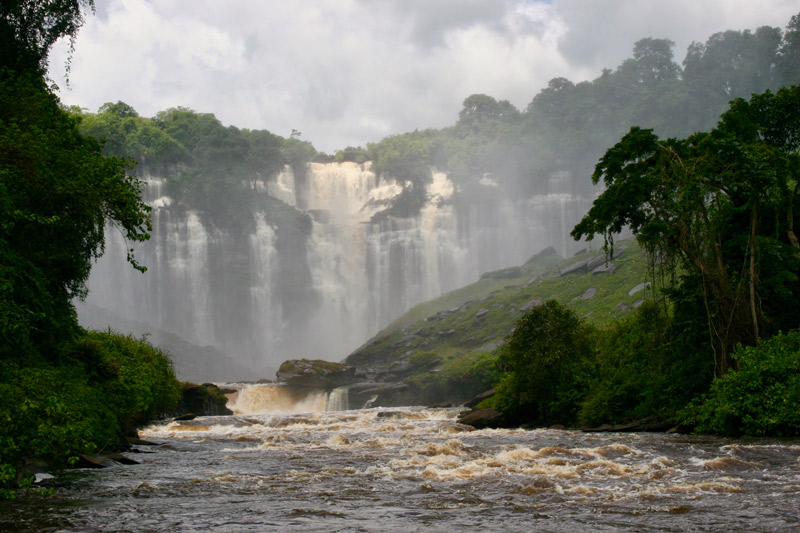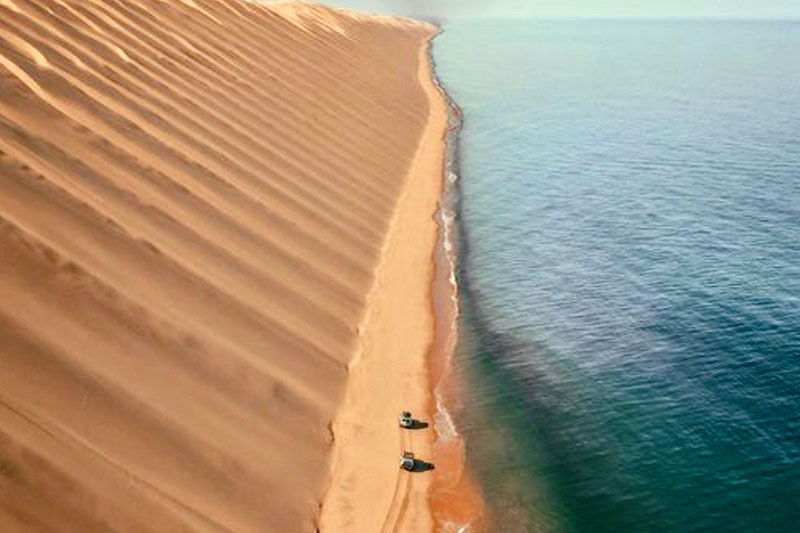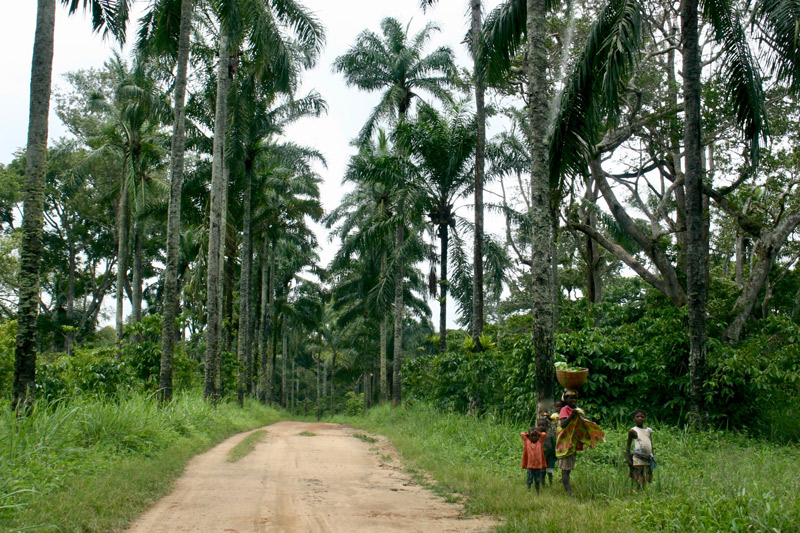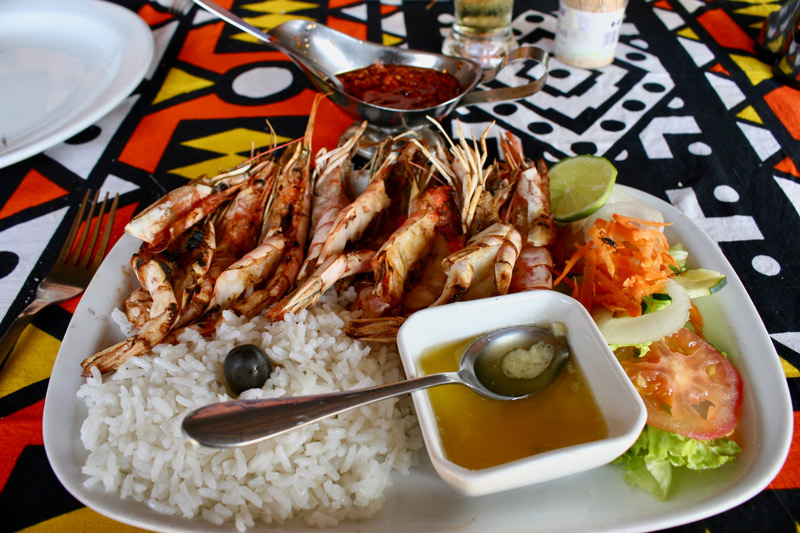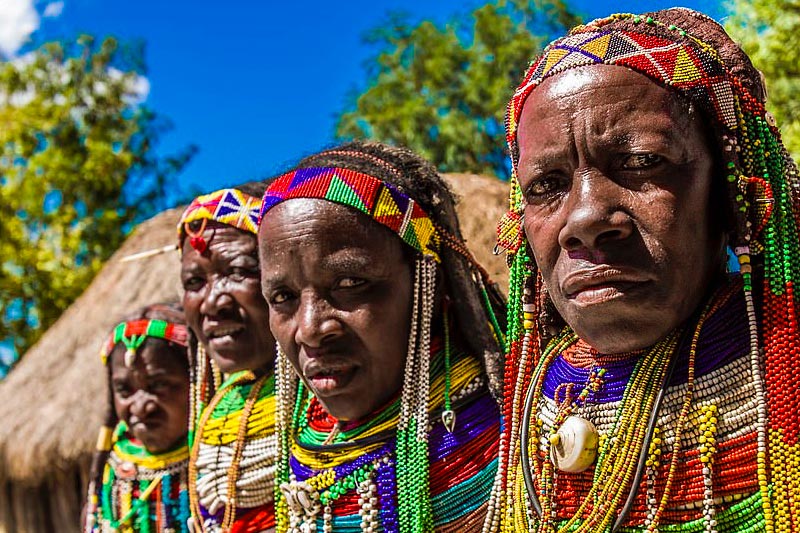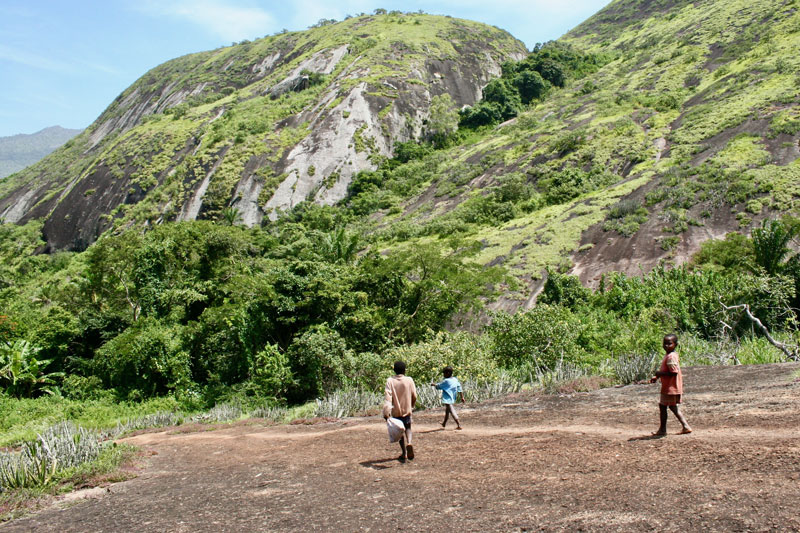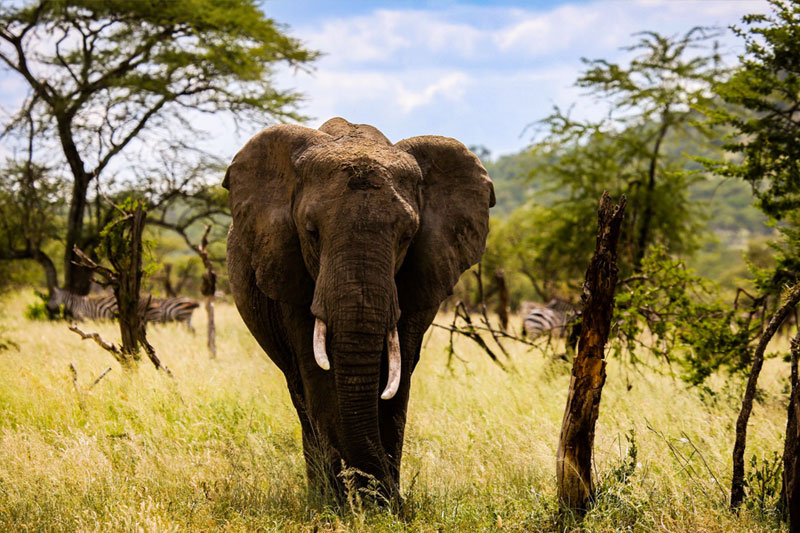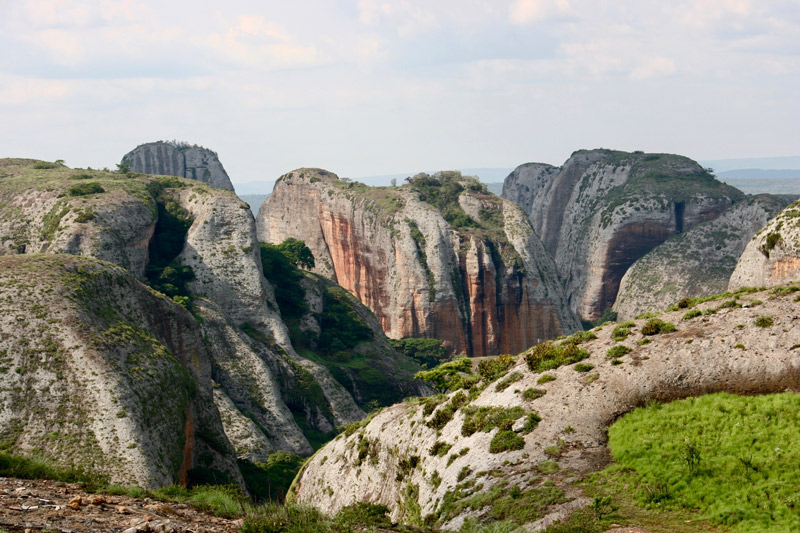Discover Angola with our tours and safaris
Angola is arguably the most exciting safari destination on the African continent today. Made inaccessible by the civil war for many years, this wonderful country is now safe, stable and ready to welcome visitors. With a rich variety of landscapes, unique wildlife, miles of deserted beaches, undiscovered wilderness areas and a great diversity of ethnic groups, Angola truly has something for everyone.
What we offer
-
A rich history
With more than 500 years of presence, the portuguese left many vestiges, old fortresses, magnificent churches, numerous museums in Luanda and in the provinces, but as well the village of Massangano which was the temporary capital of Angola in the 17th century during the capture of Luanda by the Dutch navy.
-
A variety of landscapes
From the lush jungle of the Mayombe forest to the arid desert of Namibe, from the rivers of Cuando-Cubango to Quicama National Park, from the magnificent Calandula Falls to the deserted beaches of the Atlantic, Angola offers the visitor a multitude of landscapes. that all will delight him.
-
Great ethnic diversity
Cut off from the rest of the world and the country's economic development, the ethnic groups in southern Angola have retained customs and a way of life from another era. Few of visitors have gone to meet the Mucawana, the Mucubal, or even the Himbas, these forgotten tribes whose last mentions in ethnological works date back to the 1930s. Come and discover with us their culture and their customs.
-
Magnificent wildlife
With its seven national parks, Angola offers a wide choice for lovers of photo safaris with among others the Quiçama Park 70 km from the capital but also the Cangandala National Park, a veritable sanctuary of the Black Hippotrague, and the forest of Mayombe, also called the Amazon of Africa with its large primates, chimpanzees and gorillas.
FUN FACTS

Explora... Palanca Safaris
- Facebook
- Instagram
- Whatsapp: +264 81 732 0060
- erick@palancasafaris.com



.jpg)
.jpg)
.jpg)
